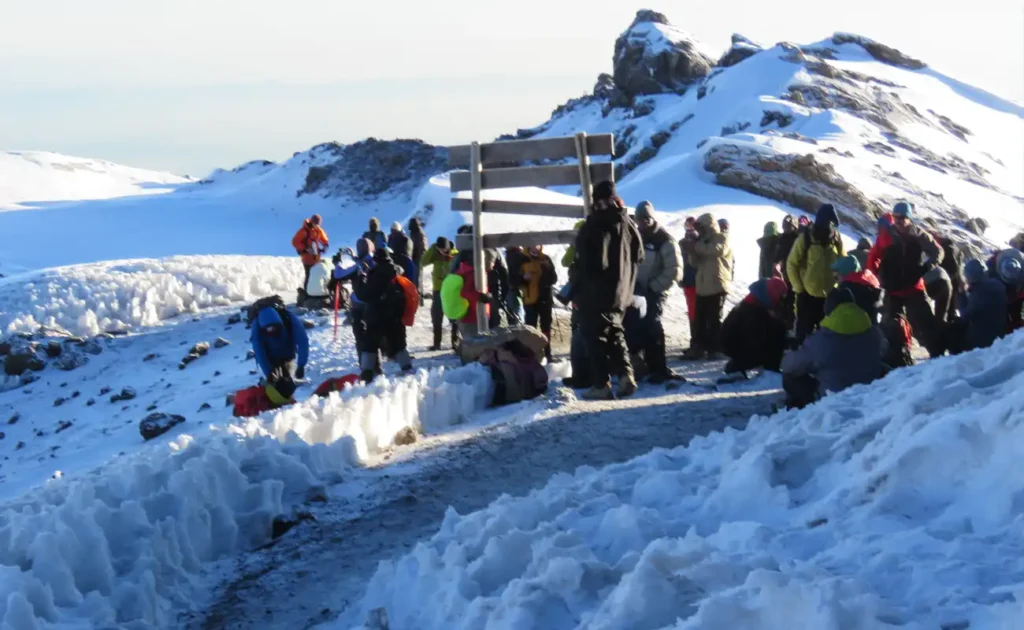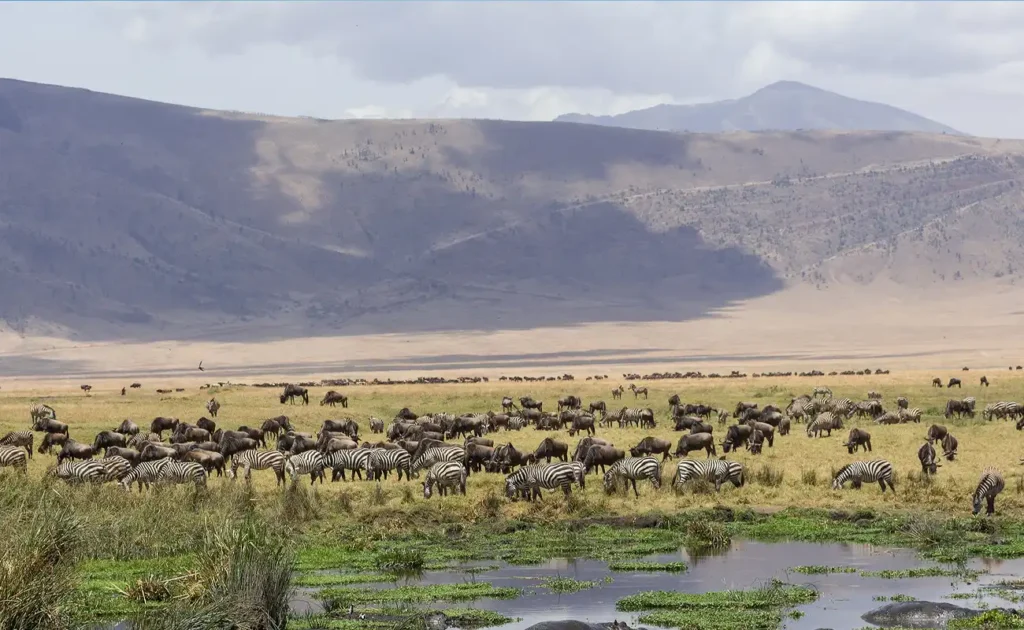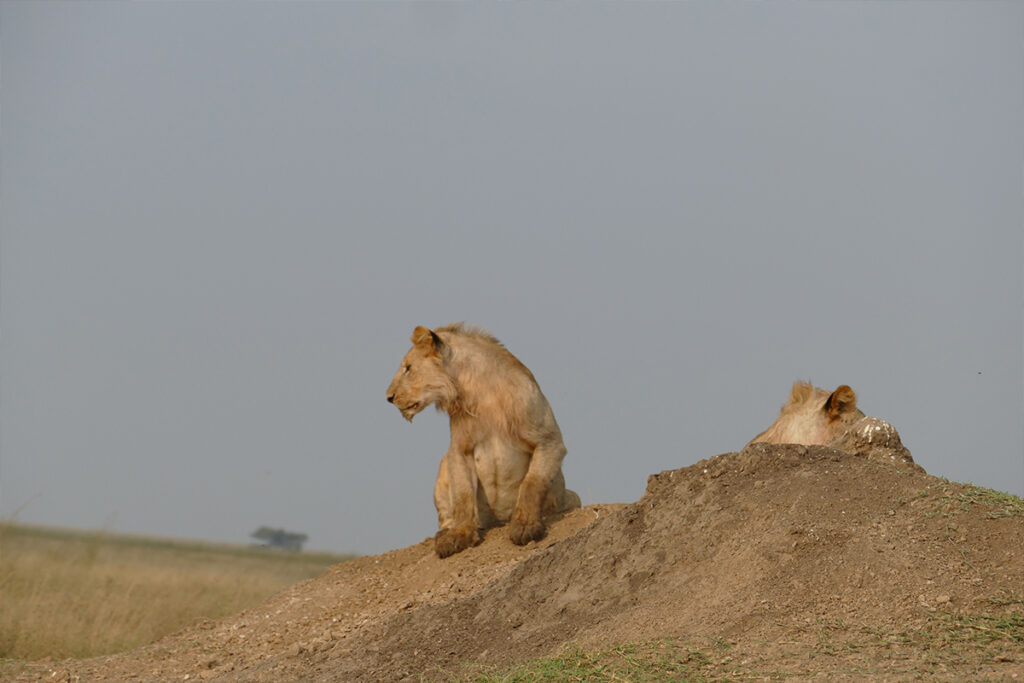Conquering Kilimanjaro means facing a paradox of abundant, breathtaking beauty paired with the significant challenge of high-altitude dehydration. Even the fittest climbers can fall victim to dehydration if not properly managed, as the mountain’s elevation demands more of your body’s water reserves. With varying temperatures and vigorous physical exertion, maintaining optimal hydration becomes a nuanced science on this iconic trek.
Explorers of Kilimanjaro must embrace the time-tested recommendation of drinking 3-4 liters of water daily to combat altitude sickness. This practice is rooted in the mountain’s trekking history, where adequate hydration has proven to be a game-changer. Implementing an effective hydration strategy not only supports physical stamina but also enhances mental clarity, fostering a safer and more enjoyable ascent.

Hydration Tips: Staying Hydrated on Kilimanjaro
One key aspect of climbing Kilimanjaro is keeping your body hydrated. As you ascend, your hydration needs increase due to the higher altitude and physical exertion. Dehydration can lead to altitude sickness, a common ailment at high elevations. To prevent this, it’s crucial to drink water frequently. Hydration packs or bottles with a built-in straw can make sipping while climbing easier.
It’s recommended to drink at least 3-4 liters of water each day while on Kilimanjaro. Water helps to regulate body temperature and maintain energy levels. Besides water, consider consuming sports drinks with electrolytes to replace sodium and potassium lost through sweat. This approach helps in maintaining proper balance and prevents cramping. Packing both water and electrolyte solutions can make a significant difference.
It’s important to monitor your urine color as an indicator of hydration levels. Clear or light yellow urine usually means you’re well-hydrated. Dark urine indicates you need to drink more water. Another tip is to eat water-rich foods like fruits and vegetables during your climb. These foods can also provide valuable nutrients and energy.
Remember that hydration needs can vary among individuals. Some may require more water based on their physical condition and metabolic rate. Always listen to your body and adjust your intake accordingly. By staying vigilant about your hydration, you can enjoy a safer and more successful climb up Kilimanjaro.
Climbing Kilimanjaro: Clean Drinking Water in tanzania | Trek Tips
The Importance of Hydration at High Altitudes
Staying hydrated at high altitudes is crucial for maintaining your health and performance. At increased elevations, the air is thinner and humidity is lower. This environment speeds up the rate of dehydration without the usual physical cues. You may not feel thirsty, but your body is losing moisture with every breath. Drinking water regularly is essential to counteract the drying effects.
Dehydration at altitude can lead to a range of issues, from minor headaches to severe altitude sickness. Common symptoms include dizziness, fatigue, and confusion, which can be dangerous during activities like climbing. The reduced oxygen levels make your body work harder, increasing the demand for fluids. This is why hydration becomes even more important in these conditions. Consistent water intake keeps your system running smoothly.
A good strategy for staying hydrated involves carrying a reusable water bottle and stopping for frequent drinks. Pack snacks that are easy to reach and consume without stopping. It’s also smart to set a timer to remind yourself to drink water every hour. This practice can form a habit that ensures adequate hydration throughout your high-altitude journey.
Listening to your body and watching for signs of dehydration can help too. If you feel unusually tired or have a dry mouth, take a break to hydrate. Working as a team with other climbers can also be beneficial. Encouraging one another to drink enough water fosters a supportive environment, enhancing everyone’s experience in the high-altitude setting.
Understanding the Impact of Altitude on Hydration Needs
Altitude has a significant impact on the body’s hydration needs, particularly evident when climbing mountains like Kilimanjaro. The higher you ascend, the thinner the air becomes, resulting in lower oxygen levels. This causes the body to work harder and lose fluids more quickly. Additionally, higher altitudes often have lower humidity, further contributing to dehydration. Climbers must be cognizant of these factors and adjust their water intake accordingly.
At higher altitudes, it’s not just the visible sweat that depletes your body of water. Your body loses fluids through increased respiration as you breathe faster to take in more oxygen. This process can go unnoticed and lead to significant fluid loss over time. Thus, understanding and acknowledging this hidden dehydration is critical. Regular hydration helps maintain performance and prevents altitude sickness.
A varying factor is that the sensation of thirst gets suppressed at high altitudes, misleading climbers about their hydration needs. This can be problematic as climbers might not drink as much as they should. To counteract this, setting a strict drinking schedule becomes essential. This discipline ensures regular fluid intake, even when you don’t feel thirsty.
To ensure proper hydration, climbers should carry easy-to-access water supplies. This can include Hydration packs or bottles with straws.
- Hydration packs
- Water bottles with built-in straws
These tools make it easier to consume water frequently without interrupting the climb. By understanding the unique hydration demands at high altitude, adventurers can better prepare and enjoy a healthier and more successful ascent.
Recommended Water Intake for Climbing Kilimanjaro
When climbing Mount Kilimanjaro, staying properly hydrated is a top priority. Experts recommend consuming 3-4 liters of water daily. This amount helps combat the dehydration effects caused by higher altitudes and increased physical exertion. Water serves critical functions in maintaining body temperature and helping your muscles work efficiently. Ensuring you drink enough can greatly enhance your climbing experience.
Starting each day with a well-filled hydration pack can set the tone for good habits. Carrying water bottles with accessible spouts or straws allows you to sip consistently without disrupting your pace. Regular sipping is preferable to gulping large amounts at once, as this sustains hydration throughout the day. This approach helps your body absorb fluids more effectively, maintaining energy levels. Remember, consistency is key on this climb.
Recognize signs of dehydration, such as dark urine or dry skin. If these symptoms appear, it’s crucial to increase your water intake immediately. Asking your fellow climbers to remind each other to stay hydrated can foster a supportive group environment. It’s always easier to handle challenges as a team. Look out for your climbing companions as well as yourself.
Supplementing water with electrolyte drinks can be beneficial, especially during extended climbs. These drinks replenish essential minerals lost through sweat, like sodium and potassium. This balance is important for preventing cramps and maintaining peak performance. Bringing a small stock of electrolyte powders or tablets to mix with water is a smart strategy. They’ll take up minimal space in your pack, yet provide significant benefits.
Hydration needs may vary from person to person, depending on personal factors like body size and fitness. Listening to your body while climbing is essential too. Adjust water consumption as needed to ensure you’re meeting your body’s unique demands. By doing so, your journey up Kilimanjaro will be more enjoyable and rewarding.
Key Takeaways
- Drink 3-4 liters of water daily on Kilimanjaro.
- Opt for frequent sips instead of large gulps during climbs.
- Use hydration packs or bottles with straws for easy access.
- Monitor urine color to assess your hydration status regularly.
- Supplement with electrolyte drinks to replace lost minerals.




